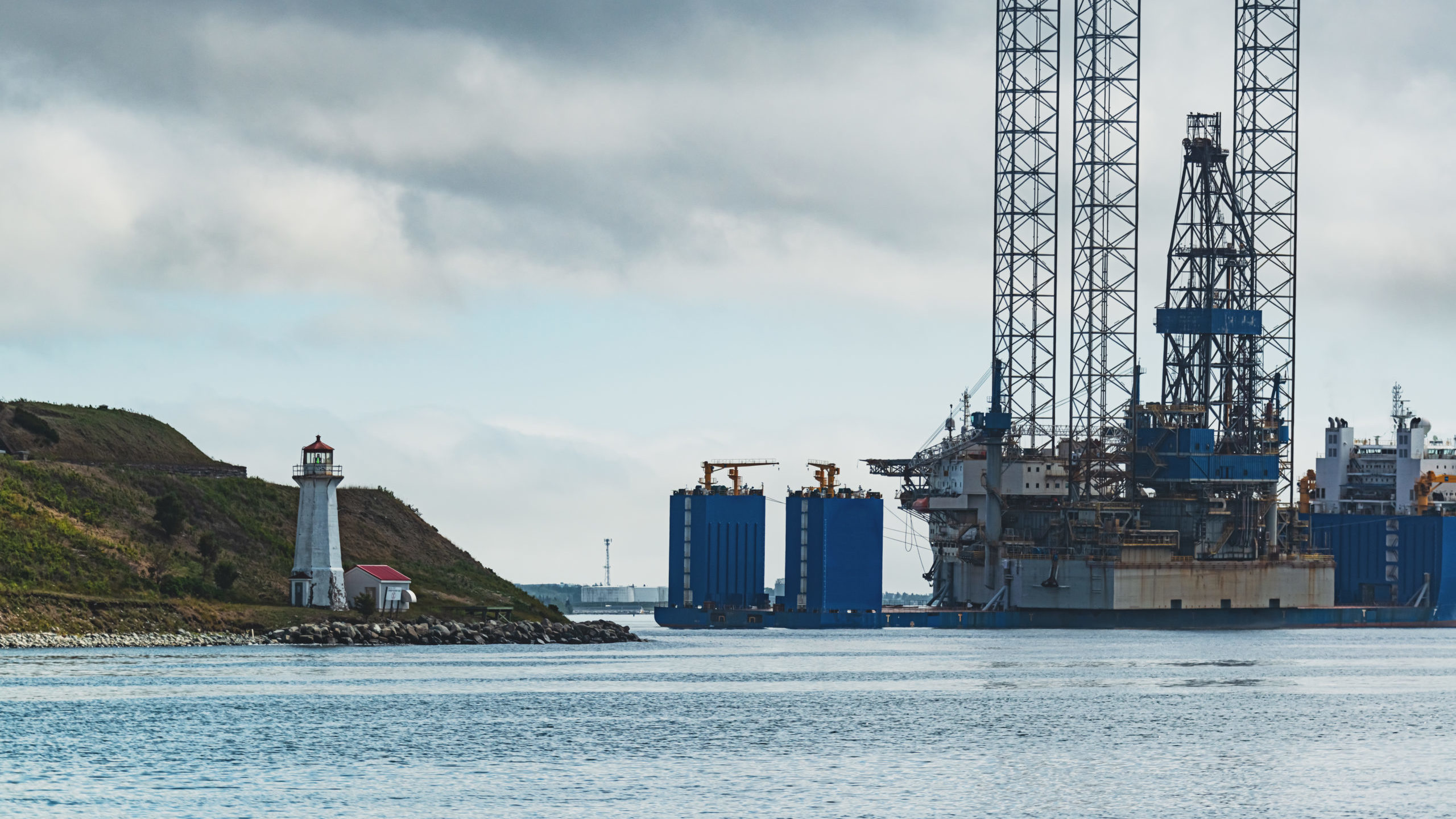‘At over $11 billion in direct spending alone, oil and gas spending in Atlantic Canada is impactful’
In contrast, an economy where everyone from entrepreneurs to larger enterprises flourish and hire extra workers spreads the tax burden around more thinly. That allows for a moderation of the tax burden (i.e., lowering them), which in turns allows for other businesses to thrive given the lower costs (lower taxes).
The “Gordian knot” here is how to move from existing high tax rates to lower rates without incurring higher deficits. Here, we’re assuming non-pandemic years and budget finances but the point is still relevant — more relevant — in a year where government finances are all being written in deep red ink.
That brings us to the impact of the oil and gas industry’s spending in Atlantic Canada. As of 2016 (the latest year for which detailed Statistics Canada data about the region is available), oil and gas spending in the region had a direct impact of over $11 billion and another nearly $4 billion in indirect impact for a $15 billion in total impact.
That money contributed to the creation of over 10,400 direct jobs and another 16,700 indirect jobs in the Maritimes and Newfoundland & Labrador — over 27,000 well-paying jobs. Wages and salaries paid to workers in the region amounted to over $1.6 billion in just 2016 — and that was in a year where oil and gas spending was in a “slump” year.
Oil and gas spending in Atlantic Canada touches on a variety of local industries. In 2016, the oil and gas sector purchased $544 million worth of services from Atlantic Canada’s finance and insurance sectors. It also paid $618 million into what Statistics Canada labels the “professional, scientific and technical” sector — think of engineers working on Newfoundland’s offshore rigs or Halifax accountants providing numbers expertise to energy companies.
Manufacturing in Atlantic Canada was the biggest beneficiary in the region That sector received $5.5 billion in orders from oil and gas spending. (Here, think of an Atlantic Canadian company that might manufacture needed kitchen equipment for an offshore oil rig, as one example.)
Back to the big picture of what’s possible beyond what oil and gas companies already spend in Atlantic Canada.
Here, the question of additional carbon emissions is raised and understandably so.
However, at present, carbon emissions are created elsewhere in the source countries for oil and gas later imported in eastern Canada. A useful example is the United States. Canadian imports of natural gas from various American states rose by 1,200 per cent between the years 2000 and 2019, reaching over 971 billion cubic feet (Bcm) in the latter year.
That natural gas is not carbon-free; it was just extracted in the United States. But American states reaped the jobs and tax revenues that the Atlantic provinces did not (and carbon emissions didn’t change).
For instance, while in 2019, $781 million in oil and gas royalties was collected in Atlantic Canada — almost all of it in Newfoundland & Labrador, four American states alone — West Virginia, North Dakota, Pennsylvania, and Ohio brought in nearly Cdn. $2.3 billion in oil and natural gas revenues.
Those states and others thus saw jobs and tax revenues created locally, in part due to exports to Canada — this despite the presence of sizeable reserves in eastern Canada and also in Quebec.
At over $11 billion in direct spending alone, oil and gas spending in Atlantic Canada is impactful. But it could also be even more economically meaningful if additional reserves especially onshore natural gas in New Brunswick and Nova scotia, were tapped.
Mark Milke and Ven Venkatachalam are with the Canadian Energy Centre, an Alberta government corporation funded in part by carbon taxes. They are authors of 27,000 jobs and $15 billion: The impact of oil and gas (and Alberta) on Atlantic Canada’s economy.
Share This:





 CDN NEWS |
CDN NEWS |  US NEWS
US NEWS 


































A Taxpayer Guide to Trudeau’s Terrible, Horrible, No Good, Very Bad Budget 2024 – Canadian Taxpayers Federation